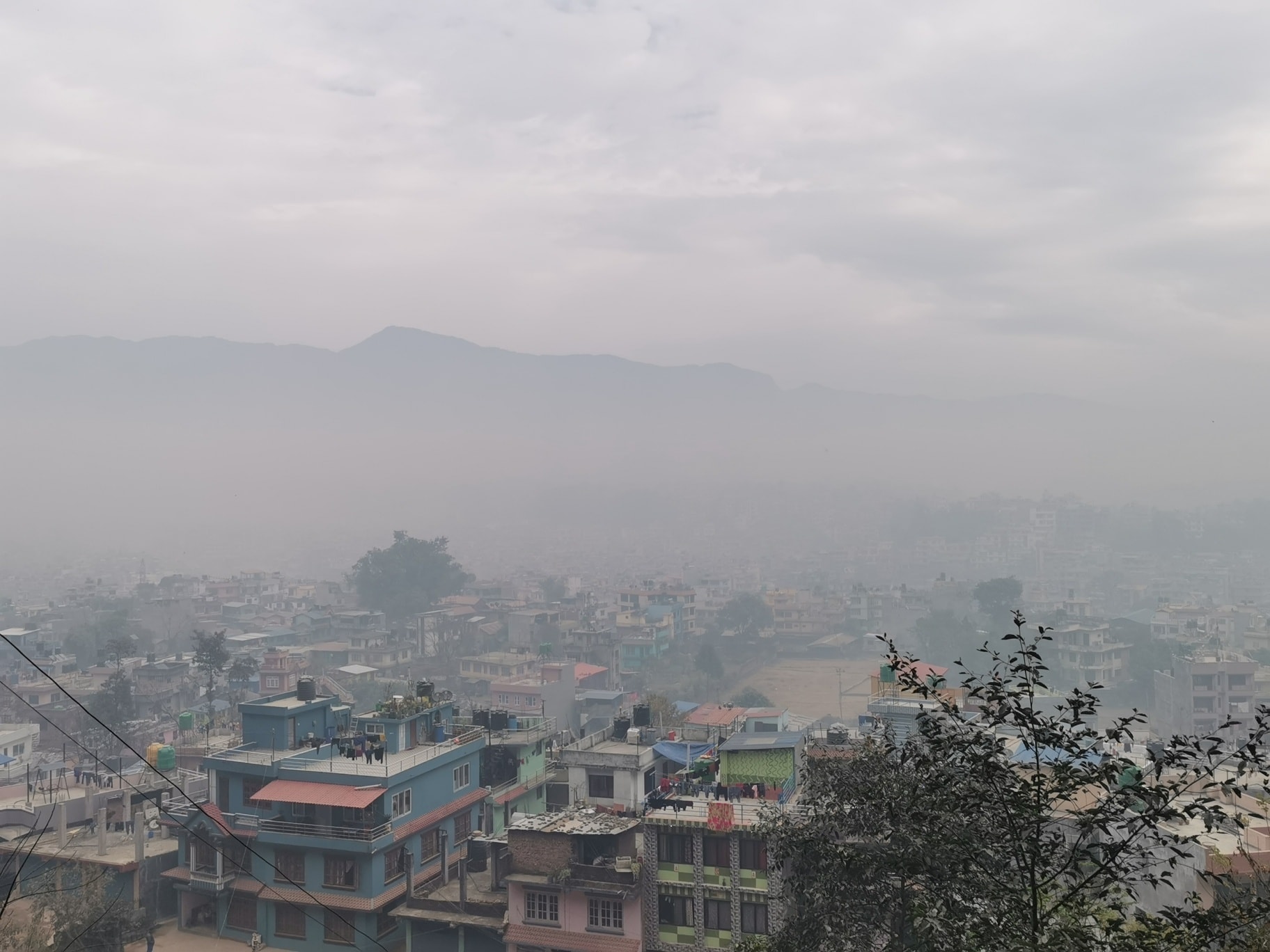KATHMANDU: The air pollution levels in Kathmandu have reached a critical stage.
According to the Swiss organization IQ Air, which measures air pollution globally, Kathmandu’s air quality ranks third among the most unhealthy cities in the world.
New Delhi, India, holds the top position, followed by Chiang Mai, Thailand, in second place. Dhaka, Bangladesh, and Kuala Lumpur, Malaysia, occupy the fourth and fifth positions, respectively.
On Monday morning, Kathmandu’s Air Quality Index (AQI) reached 171, falling under the ‘unhealthy’ category for public health. AQI readings between 151 and 200 are considered unhealthy.
New Delhi’s AQI stands at 318, which is extremely unhealthy, while AQI readings between 201 and 300 fall into the ‘extremely unhealthy’ category.
The AQI measures pollution levels by assessing PM 2.5 and PM 10, which are microscopic particles in the air. A reading above 100 indicates unhealthy conditions, particularly for vulnerable individuals.
Following the escalation of air pollution in Kathmandu during the Chaitra month of the Nepali calendar in 2077, the government had decided to close schools for four days.
The air quality at Ratna Park in Kathmandu is extremely unhealthy, with the AQI standing at 167 as of Monday morning (information provided until 9:00 AM).
Meanwhile, Shankhapark and Bhaisepati have notably lower air pollution levels. Similarly, air quality levels are low in Khumaltar and Kirtipur.









Comment